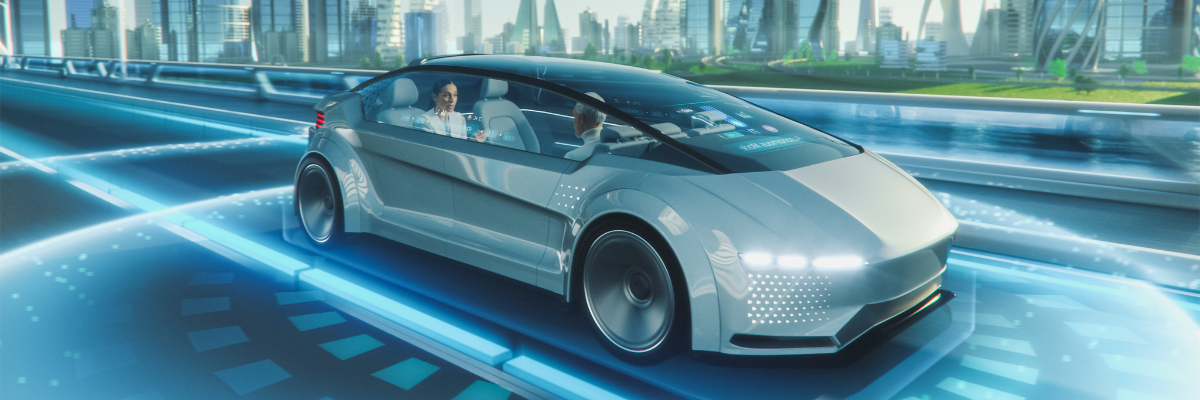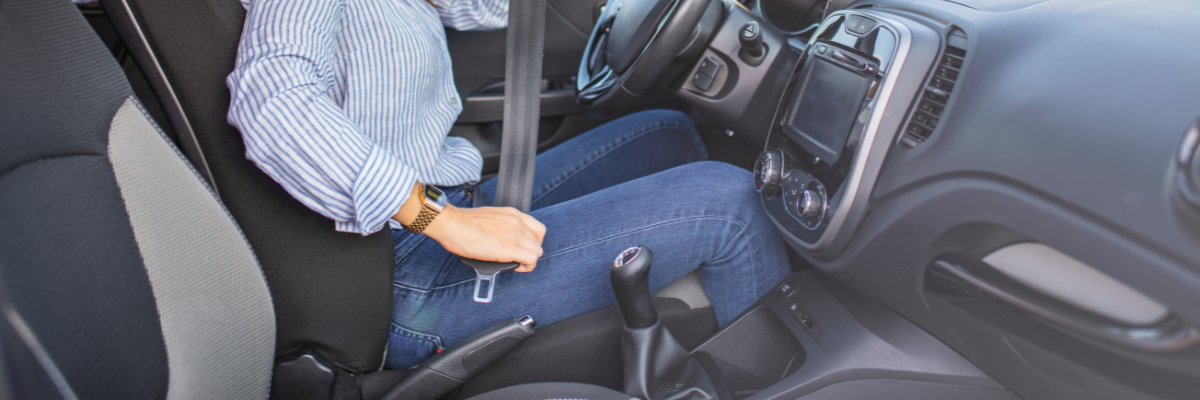The Pros and Cons of Hands-Free Driving Technology
The advent of hands-free driving technology has revolutionised how we interact with our vehicles. But like any innovation, it has its pros and cons. As we move towards a future where automation plays an increasingly significant role in our daily lives, it’s crucial to pause and consider the implications of such advancements on road safety.
According to a recent survey conducted in 2022, it was found that nearly two-thirds of drivers (61%) rely on hands-free technology while driving. This statistic alone might make it seem like a panacea for road safety issues, but the reality is more nuanced. While the technology promises to make driving safer and more efficient, it also raises questions about driver attentiveness, legal accountability, and the reliability of automated systems.
Our experts here at Orion Safety Belts are the best in the business, and being the best means staying on top of the latest trends. That’s why In this blog, we’ll delve into the pros and cons of hands-free driving technology, providing you with a comprehensive understanding that goes beyond just the hype.
The Evolution of Hands-Free Driving Technology

Gone are the days when steering wheels and gear shifts were the sole interfaces between drivers and their cars. With advancements in artificial intelligence and machine learning, hands-free driving technology has come a long way. Initially, the concept was limited to basic voice commands for controlling music or making phone calls. However, the technology has evolved to include more complex functionalities like adaptive cruise control, lane-keeping assistance, and even self-parking features.
Evolution has not been without challenges. Early versions of hands-free technology were often clunky and unreliable, leading to scepticism among both consumers and safety experts. Over time, however, the technology has become more refined, thanks to rigorous testing and real-world trials. Companies have invested billions in research and development to improve the accuracy and reliability of hands-free systems.
Today, we’re on the cusp of fully autonomous vehicles, with some models already capable of navigating complex urban environments without human intervention. But even as we marvel at these advancements, it’s essential to remember that the technology is still a work in progress. Regulatory frameworks are being developed to ensure that hands-free driving technology meets stringent safety standards.
Keeping that in mind, you should note that the UK has become the first country in Europe to allow hands-free driving technology. BlueCruise, a self-driving car technology developed by Ford, has been approved for hands-free use on certain motorways in the UK. It can control steering, acceleration, and braking, but a camera will monitor a driver’s eyes so they stay on the road. This is a testament to the growing confidence in the technology, but it also underscores the need for ongoing scrutiny and regulation to ensure that it serves its intended purpose: making our roads safer.
The Pros of Hands-Free Driving Technology

Enhanced Safety: One of the most compelling advantages of hands-free driving technology is the potential for enhanced road safety. By automating various driving functions such as lane-keeping and adaptive cruise control, the technology aims to minimise human error, which is a leading cause of road accidents. According to the National Highway Traffic Safety Administration (NHTSA), human error accounts for 94% of all crashes. Automating these functions could significantly reduce this percentage, making roads safer for everyone.
Convenience: The convenience factor cannot be overstated. Features like voice-activated controls for music, climate, and navigation allow drivers to focus more on the road. This not only makes the driving experience more enjoyable but also potentially safer. Drivers are less likely to engage in distracting activities like fumbling with the radio or adjusting the air conditioning manually.
Efficiency: Fuel efficiency is another area where hands-free technology shines. Features like adaptive cruise control can help maintain optimal speed and following distance, thereby saving fuel. This is not only beneficial for the environment but also for your wallet, as it can lead to significant savings on fuel costs over time.
Reduced Driver Fatigue: Long drives can be exhausting, both mentally and physically. Automation features can relieve drivers from the constant attention and decision-making required in driving, reducing fatigue and stress. This is particularly beneficial for long-haul truck drivers, who often drive for extended periods. Reduced fatigue means better focus and potentially fewer accidents, making it a win-win for both drivers and road safety.
Traffic Management: Advanced hands-free systems can communicate with other vehicles and traffic infrastructure. This Vehicle-to-Everything (V2X) communication can potentially reduce traffic congestion and improve overall traffic flow.
The Cons of Hands-Free Driving Technology

Over-Reliance and Complacency: One of the most significant drawbacks is the potential for over-reliance on automated systems. While these technologies are designed to assist, they are not infallible. This over-reliance can lead to a false sense of security, making drivers less vigilant and more prone to taking risks, such as texting while driving.
Technical Glitches: No technology is foolproof, and hands-free driving systems are no exception. Software or hardware failures can lead to catastrophic consequences. These glitches can range from minor inconveniences to major malfunctions that could endanger lives.
Legal and Ethical Concerns: The legal landscape surrounding hands-free driving is still evolving. Questions about liability and liability in the accident remain unanswered. Different jurisdictions have different laws, further complicating the matter. For instance, some states in the U.S. have banned the use of certain hands-free technologies while driving, making it a legal minefield for users. However, just so we have an idea of what the consensus is for this technology in the UK, a survey conducted in 2022 found that 86% of drivers in the UK support hands-free legislation,
Cost: The financial aspect is another downside. Advanced systems can be expensive to install and maintain. According to a report by CNBC, the aforementioned Ford BlueCruise system can set you back by £500 for a three-year subscription, on the other hand, if you look at a more famous example, like Tesla, that could put you in the red for £12,000 or so. This can be a significant investment, especially for those who may not fully utilise all the features offered.
Incompatibility: Not all vehicles are equipped to handle the latest hands-free technologies. Older vehicles may not be compatible, creating a divide between older and newer models on the road. This incompatibility could potentially lead to a “technology gap,” where only those who can afford newer models benefit from the safety features, leaving others at a disadvantage.
The Seatbelt Factor: An Essential Safety Net

Regardless of advances in driving technology, the humble seat belt remains an indispensable safety feature. They act as the last line of defence in any accident, reducing the impact and severity of injuries. At Orion Safety Belts, we are committed to providing top-tier seat belts that offer maximum protection. Our seat belts are designed with the latest safety features, including pre-tensioners that tighten the belt upon sensing a collision, and load limiters that release some belt tension to reduce the risk of chest injuries.
We provide a variety of seat belts suitable for different types of vehicles, from cars to commercial trucks, ensuring that you have the best possible protection regardless of what you drive. In a world increasingly enamoured with technological solutions, it’s essential to remember that some of the most effective safety measures are also the simplest. That’s why, no matter how advanced your vehicle’s technology might be, the seatbelt will always be its most crucial safety feature.
Conclusion
The pros and cons of hands-free driving technology present a complex picture. While it offers enhanced safety, convenience, and efficiency, it also comes with risks like over-reliance and technical glitches. The key is to use this technology responsibly, always remembering that no amount of automation can replace the essential role of human attentiveness in driving.
Stay on top of the latest in road safety by following our blogs and updates from our experts here at Orion Safety Belts. Also, feel free to check out our comprehensive range of products to find the perfect safety solution for you today!